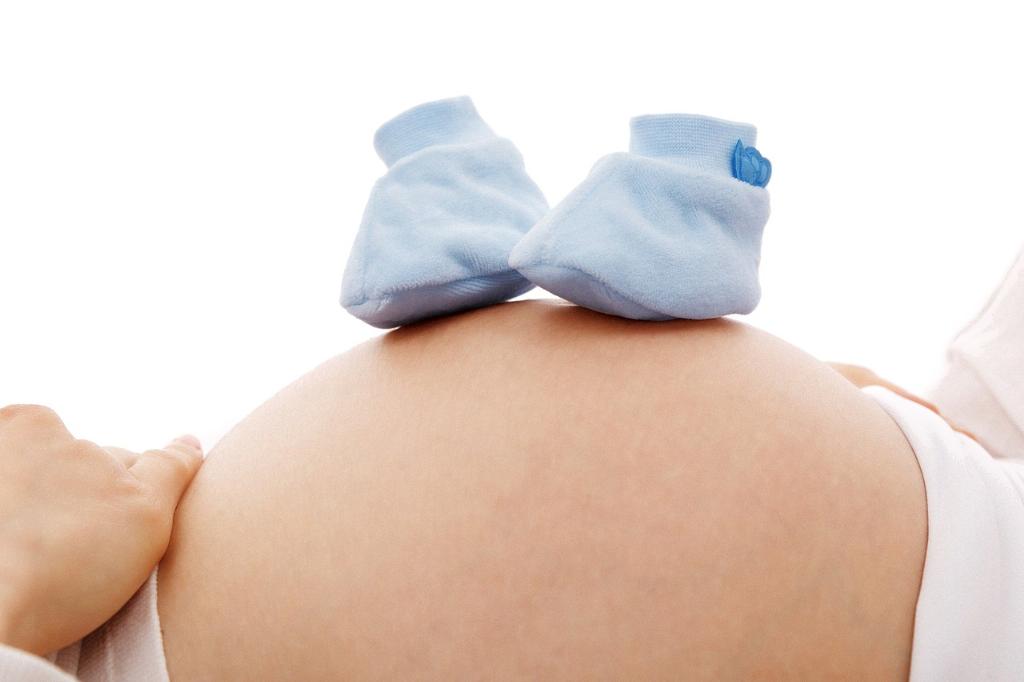When a woman becomes pregnant, her abdominal muscles undergo significant changes to accommodate the growing fetus. The uterus expands in size, causing the abdominal muscles to stretch and weaken gradually over the course of the pregnancy.
Weakening of Abdominal Muscles
Due to the continuous stretching of the abdominal muscles, they may weaken during pregnancy. This weakening is a natural process as the body prepares to make space for the developing baby. It is important to note that this weakening is temporary and can be addressed postpartum with targeted exercises.
Separation of Rectus Abdominis Muscle
During pregnancy, some women may experience diastasis recti, a condition where the two bands of the rectus abdominis muscle separate along the linea alba. This separation can lead to a noticeable bulge in the midsection and may result in core weakness. It is essential for women with diastasis recti to seek guidance from healthcare professionals for proper management.
Pressure on Abdominal Muscles
As the baby grows in the womb, there is increased pressure on the abdominal muscles. This pressure can cause discomfort and may contribute to conditions such as back pain and pelvic instability. Pregnant women are advised to practice good posture and engage in exercises that support their abdominal muscles.
Impact of Abdominal Changes on Posture
The changes in the abdominal muscles during pregnancy can affect a woman’s posture. The shift in the body’s center of gravity due to the growing belly can lead to an exaggerated curve in the lower back. Maintaining proper posture through exercises and proper body mechanics is essential to prevent postural imbalances.
Recovery of Abdominal Muscles Postpartum
After giving birth, it is common for women to experience continued weakness in their abdominal muscles. It is crucial to engage in targeted exercises, under the guidance of a healthcare provider, to strengthen the core and promote healing of any diastasis recti. Patience and consistency are key to restoring abdominal strength postpartum.
Importance of Pelvic Floor Health
During pregnancy, the pelvic floor muscles also undergo changes to support the growing uterus. The coordination between the abdominal and pelvic floor muscles is crucial for overall core stability. Pelvic floor exercises, such as Kegels, can help maintain pelvic floor health during and after pregnancy.
Preventing and Managing Abdominal Diastasis
For women experiencing diastasis recti during pregnancy, specific exercises and techniques can help prevent further separation of the abdominal muscles. It is vital to avoid movements that strain the midsection and to focus on strengthening exercises that support the core without exacerbating the condition.
Consultation with Healthcare Providers
Before engaging in any exercise regimen during pregnancy or postpartum, it is essential for women to consult with their healthcare providers. Each woman’s body is unique, and personalized guidance can help ensure the safety and effectiveness of any fitness routine aimed at addressing abdominal muscle changes.
Embracing the Changes in the Body
While the changes in abdominal muscles during pregnancy may present challenges, it is essential for women to embrace and appreciate the remarkable journey of pregnancy and childbirth. Nurturing the body with proper care, exercise, and self-love can promote overall well-being during this transformative time.
Support and Resources for Women
Women experiencing concerns or challenges related to abdominal muscle changes during pregnancy can seek support from healthcare professionals, physical therapists, or certified fitness trainers specializing in prenatal and postpartum care. Building a network of support can empower women to navigate the physical changes of pregnancy with confidence and resilience.
Final Thoughts on Abdominal Muscle Changes
Overall, the alterations in abdominal muscles during pregnancy are a natural and necessary adaptation to accommodate the growing baby. By understanding these changes, embracing self-care practices, seeking professional guidance, and being patient with the recovery process, women can navigate the journey of pregnancy with strength and vitality.

